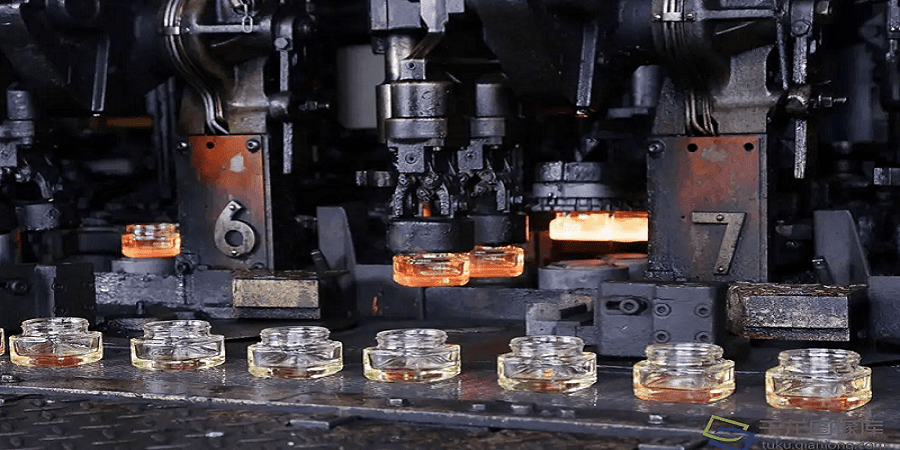In recent years, people’s living standards have improved rapidly, and higher requirements have been placed on the performance of the material glassware wholesale. In order to enhance the safety and artistry of glass, glassware, or glass containers manufacturers have launched many new glass products, which are powerful and attractive. For example, the dimming glass can control the transparency on and off and is more practical than the traditional frosted glass. In this article, Beausio will explain the quality standards for the glass bottle manufacturing process to understand what steps the craft glass bottles go through.
Since Beausino as the leading glassware manufacturer, have a lot of know-how in this area, we would like to share with you some knowledge about the glass container & glassware & glass bottles manufacturing process of 8 steps and its quality standard. Actually, you can easily learn about it from the following points: Batch preparation, melting, forming, annealing, surface treatment processing, inspection, packaging, etc.
- Step 1: Preparation of Ingredients of Raw Material of Glassware
- Step 2: Batching Processing of Ingredients of Raw Material
- Step 3: Melting of Raw Material
- Step 4: Forming of Blow Process
- Step 5: Annealing Process of Glassware
- Step 6: Surface Treatment of Glass Containers
- Addition: Quality Standards for Glassware & Glass Jars
- Step 7:Inspection for formed Glassware
- Step 8:Package for Protection
Custom Your Glassware Products Idea For Your Brand
We provide custom solutions to all our customers and offer free glassware samples
or packaging samples that you can take advantage of.
This step Including the storage, weighing, mixing, and conveying of raw materials. The ingredients of raw materials in the glassware manufacturing process are approximately 70% quartz sand along with a specific mixture of soda ash, sodium carbonate, limestone, dolomite, feldspar, borax, barium, and cullet. It is required that the ingredients are mixed evenly and the chemical composition is stable.
The most important raw material is silica sand also called quartz sand since it controls the strength of the glass. The amount of silica can be chosen based on the type of glass to be made, nomally we manufacturer tree type of glass: Type I – Borosilicate Glass; Type II – Treated Soda Lime Glass; Type III – Soda Lime Glass. The silica sand content is also important as the melting point of the glass is inversely proportional to it.

Quartz Sand
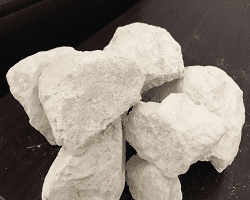
Limestone
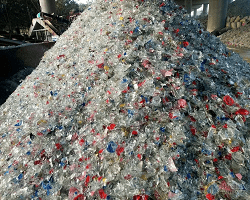
Cullet
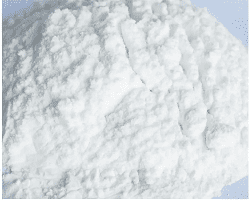
Soad Ash
When manufacturing glassware or glass containers, crushed or recycled glass, or cullet, is an additional key ingredient. The amount of cullet used in the batch house of glass varies. And the manufacturing process of the glass container or glassware is a continuous process, so the batching processes will also occur constantly. The raw materials of soda lime glass will be then gravity fed into the weighing and mixing area, and finally elevated into batch hoppers that supply the glass furnaces. Sometimes the conveyor belt consists of a magnet that will remove the magnetic materials to ensure the composition of the material will be the same for all the processes. Cullet melts at a lower temperature which reduces energy consumption and requires fewer raw materials.

The melting of bottle and jar glass is mostly carried out inside flame furnace (see glass melting furnace) in a continuous operation. The daily output of the horizontal flame furnace is generally more than 200t, and the large one is 400-500t. The daily output of the horseshoe-shaped flame furnace is mostly below 200t. The glass melting temperature is as high as 1580~1600℃. The energy consumption of melting accounts for about 70% of the total energy consumption in production of glass bottles. Energy can be effectively saved by measures such as integrated heat preservation of the melting furnace, increasing the capacity of the regenerator checker bricks, improving the distribution of the stockpile, improving the combustion efficiency and controlling the convection of the glass liquid. Bubbling in the melting tank can improve the convection of glass liquid, strengthen the process of clarification and homogenization, and increase the output. Using electric heating in a flame furnace can increase output and improve quality without enlarging the kiln.
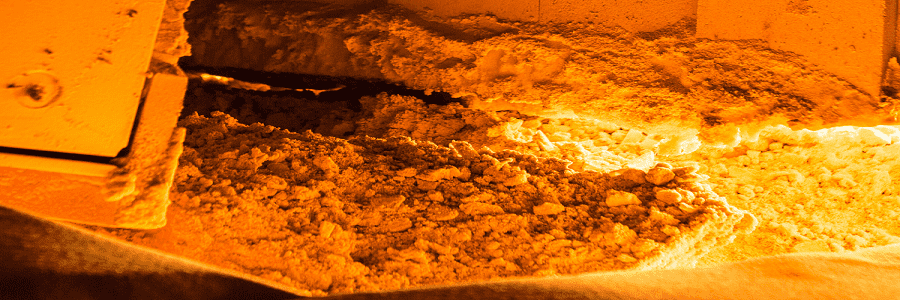
The molding process is mainly used, and the small-mouth bottle is formed by the blow-blow process, and the wide-mouth bottle is formed by the pressure-blow process. And Tubes are used less to make glass bottles or containers frequently.
- Blow & Blow Process – used for narrow containers where the parison is formed by compressed air.

- Pressure & Blow Process– used for large diameter finish containers in which the parison is shaped by pressing the glass against the blank mold with the metal plunger.
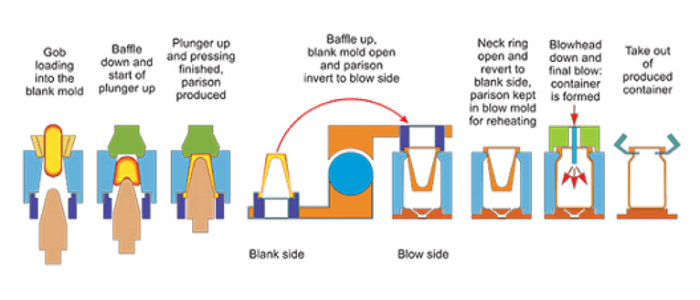
The production of modern glass bottles and jars widely adopts high-speed molding of automatic bottle-making machines. This kind of bottle making machine has certain requirements on the weight, shape and uniformity of the gob, so the temperature in the feeding tank should be strictly controlled. There are many types of automatic bottle making machines, among which the determinant bottle making machine is more commonly used. This kind of bottle making machine gob obeys the bottle making machine, not the bottle making machine obeys the gob, so there is no rotating part, the operation is safe, and any branch can be stopped for maintenance alone without affecting the operation of other branches. The determinant bottle making machine has a wide range of bottles and cans, and has great flexibility. It has been developed into 12 groups, double-drop or three-drop molding and microcomputer control.
The annealing of glass jars is to reduce the residual stress of the glass to the allowable value. Annealing is usually carried out in a mesh belt type continuous annealing furnace, and the annealing temperature is limited to about 550-600 °C. The mesh belt annealing furnace adopts forced air circulation heating, which makes the temperature distribution of the cross section of the furnace uniform and forms an air curtain, which restricts the longitudinal airflow movement and ensures the uniform and stable temperature of each belt in the furnace.

Glass jars are generally surface treated by coating on the hot and cold ends of the annealing furnace. The hot end coating is to place the bottle and can in a hot state (500-600 ° C) after forming in the environment of vaporized tin tetrachloride, titanium tetrachloride or butyl tin tetrachloride, so that these metal compounds are The surface of the hot bottle and can is decomposed and oxidized into an oxide film to fill the micro-cracks on the glass surface, while preventing the generation of surface micro-cracks and improving the mechanical strength of the glass bottle and can. The cold end coating is to use monostearate, oleic acid, polyethylene emulsion, silicone or silane, etc. to spray the surface of the bottle with a temperature of about 100-150 °C at the outlet of the annealing furnace to form a lubricating film. To improve the wear resistance, lubricity and impact strength of the bottle surface. In production, cold end coating and hot end coating are often used in combination. For large-capacity bottles above 1l, some add foam polystyrene or polyethylene film sheaths on their surfaces. The sheath is heat-shrinkable. After being heated, it tightly binds the bottle body. It is tough and elastic, shockproof and anti-friction. When the bottle is broken, no fragments will fly out, which can avoid personal injury.
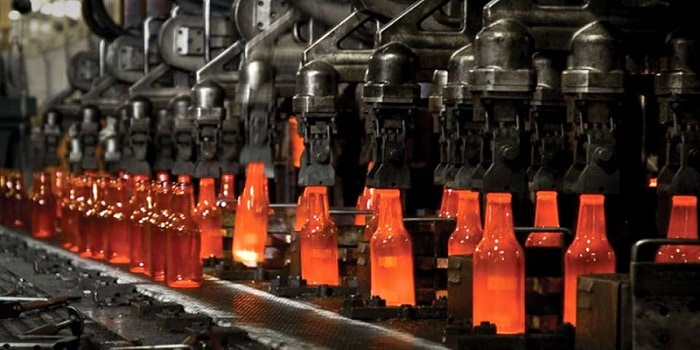
For reagent bottles, sample bottles, perfume bottles, etc. with glass stoppers, use mortar or emery and water as abrasives to grind mouths and stoppers. High-grade cosmetics and perfume bottles are often ground and polished to clean mold marks and increase luster. High-grade wine bottles or art-decorated bottles and cans are corroded with hydrofluoric acid, resulting in surface light diffusion and delicate hand feeling. In order to print trademarks and decorations on the glass surface, spray color, screen printing, and decal processing methods can be used to apply glass glaze to the surface of the bottle and jar, bake at 600 ° C, and the glaze and glass are fused to form a better quality. pattern. If it is decorated with agricultural production system pigments, it only needs to be melted and baked at 200-300 °C.
and if you also find the real Perfume Bottle Suppliers, here below is the article for your to check.
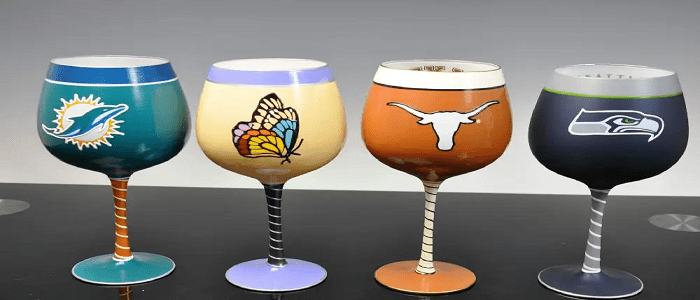
Decall Processing
- Glassware quality: pure and uniform, with no defects such as sand, streaks, bubbles, etc. The transparency of the colorless glass is high; the color of colored glass is uniform and stable, and it can absorb light energy of a certain wavelength.
- Physical and chemical properties: It has certain chemical stability and does not interact with the contents. It has certain shock resistance and mechanical strength, can withstand heating and cooling processes such as washing and sterilization, as well as withstand filling, storage, and transportation, and can remain intact when encountering general internal and external stress, vibration, and impact.
- Molding quality: maintain a certain capacity, weight, and shape, with uniform wall thickness and smooth and flat mouth to ensure convenient filling and good sealing. No distortion, uneven surface, unevenness or cracks.
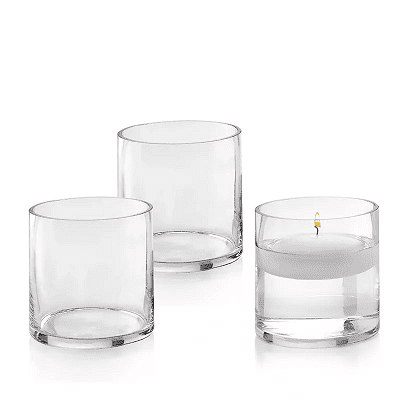
The shortcomings of glass bottles can be divided into two categories: the shortcomings of the glass itself and the shortcomings of bottle forming. The former includes bubbles, stones, streaks, and color irregularities; the latter includes cracks, uneven thickness, deformation, cold spots, and wrinkles. In addition, check the bottle weight, capacity, bottle mouth and bottle body dimensional tolerances, resistance to internal stress, thermal shock, and stress cleaning. Due to the high production speed and large batches of beer bottles, beverage and food bottles, etc., they can no longer be adapted by visual inspection. Now there is automatic inspection equipment, such as preselectors (checking the shape and dimensional tolerance of bottles and cans), bottle mouth inspectors, cracks Inspector, wall thickness inspection devices, extrusion testers, pressure testers, etc. Therefore Beausino as the professional glass bottle manufacturer will Identify defective products and ensure the quality of glass products.
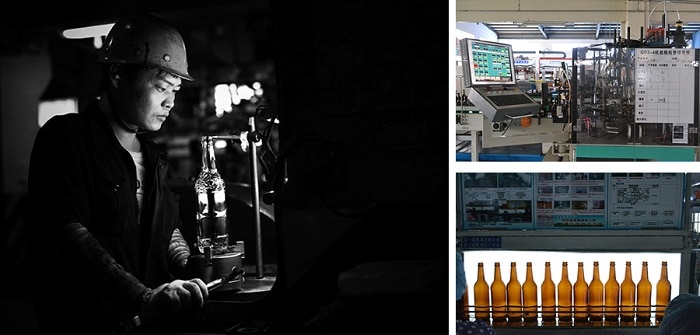
There are corrugated cardboard box packaging, plastic box packaging and pallet packaging. And all have been automated by Beausino glass bottle manufacturers. The corrugated cardboard box packaging uses the same carton from empty bottle packaging to filling and sales. The plastic boxes used in plastic box packaging can be recycled and reused. Pallet container packaging is to arrange the qualified bottles into a rectangular bottle array, move them to the pallet and stack them layer by layer, and wrap them when they reach the specified number of layers. Generally, it is also covered with a plastic film sleeve, heated to shrink it, tightly wrapped into a solid whole, and then bundled, which is also called thermoplastic packaging.
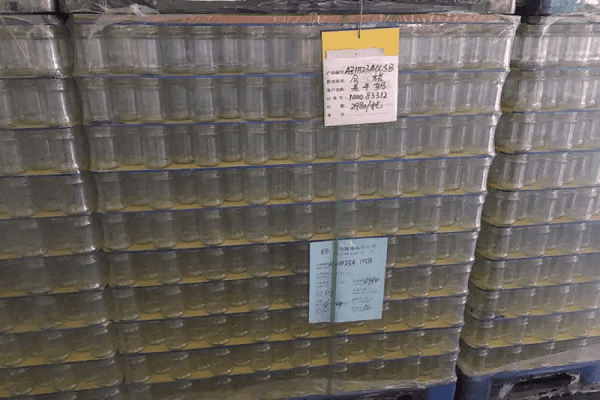
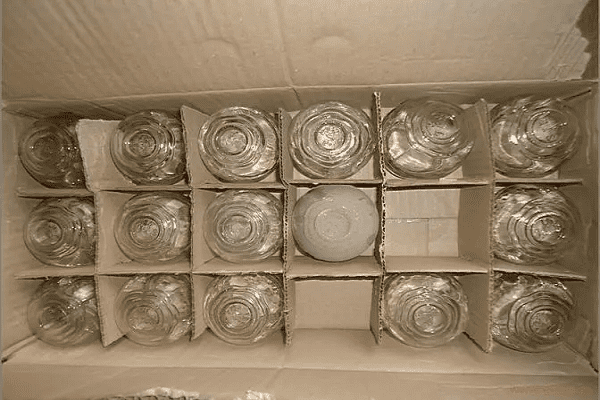
Conclusion About Glass Bottles & Glassware Manufacturing Process & Quality Standard
After sharing with you so many experiences about the manufacturing process of glassware or glass bottles, now you may simply understand how to manufacturer the glassware or if you also want to know the custom crafts of glasswares, here below for you to read:
if you also need to custom your own glass products, pls contact as below.
Custom Your Glassware Products Idea For Your Brand
We provide custom solutions to all our customers and offer free glassware samples
or packaging samples that you can take advantage of.

